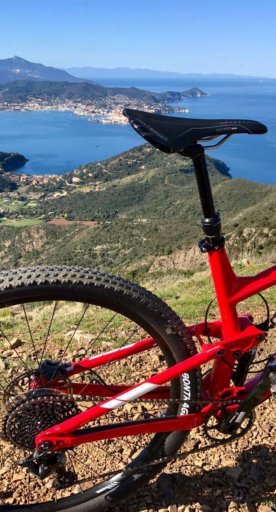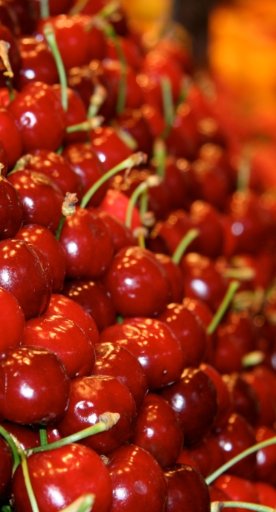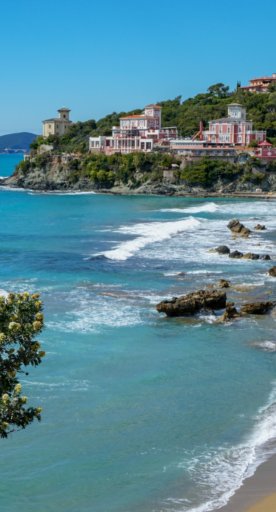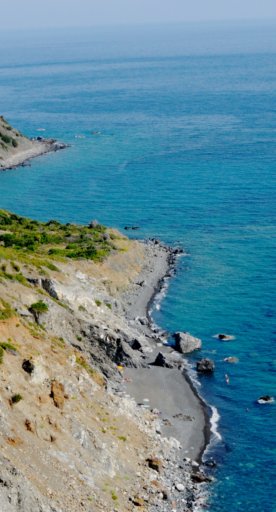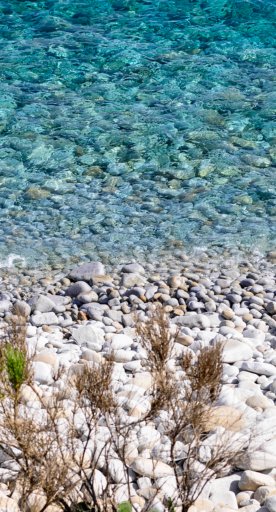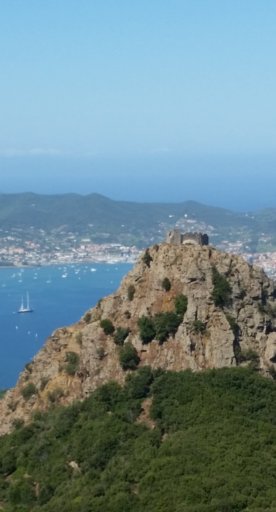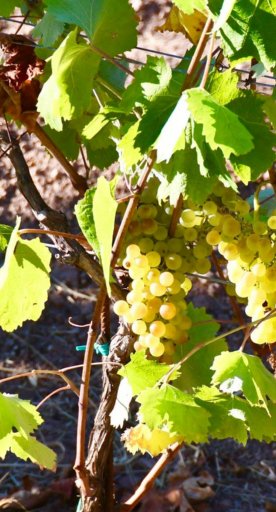Underground Tuscany, though the caves and the mines
In search of the region's buried treasures

Tuscany is rich in caves: more than 1500, in fact, covering 270 kilometres. Some of them are true natural wonders, enough to make your jaw drop with their majestic calcareous concretions, stalactites and stalagmites which look like moonstones, shimmering with different colours.
Especially worth visiting are the custom-made routes that take you through the three great karst caves of the Apuan Alps: the Grotta del Vento in Garfagnana, the Grotte di Equi Terme in Lunigiana, and the Antro del Corchia in Versilia.
Mount Corchia, indeed, is the most extensive karst complex in Italy, with around 60 kilometres of shafts, galleries and the Paolo Roversi Abyss, whose 1249 metres make it the deepest cave in Italy and twenty-first on the list of deepest caves in the world.

The subsoil of Tuscany hides the remains of a long history of mineral extraction and metallurgic industry, which was flourishing as early as the time of the Etruscans. Many mining parks and museums are open today, which make for fascinating visits, even by families with children.
The publicly-open mines on the Isle of Elba, in the Colline Metallifere and Monte Amiata are particularly worth a look, as are those in Abbadia San Salvatore, where the tour guides who show the visitors around are often former miners.

A walk in underground Tuscany cannot ignore the necropolises and settlements which the Etruscans built in tuff, especially those in upper Maremma and on the Grosseto-facing slope of Monte Amiata.
These include the Etruscan sepulchres that stipple the land around Sovana, or the magnificent rocky settlement of Vitozza a San Quirico di Sorano, which is a village hewn into the rock: the houses and storerooms are all built into it, and only the church, the fortress and the castle are extended above it.

The last stop on an underground Tuscany trip should be the draining galleries, built to collect and carry water into the inhabited centre. The most original of these are the famous Bottini in Siena, a 25km-long subterranean aqueduct which was built at the time of the Romans and which runs under the city. Even today it supplies numerous Sienese fountains and is sometimes open to the public.


